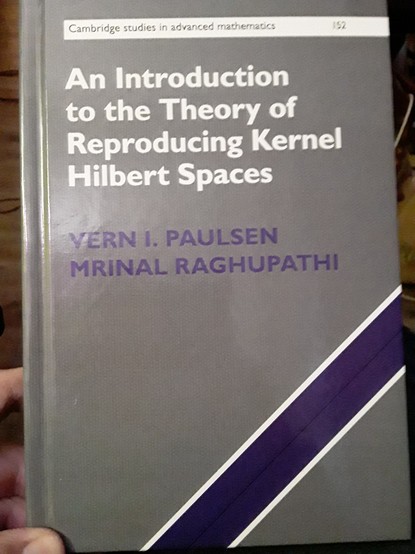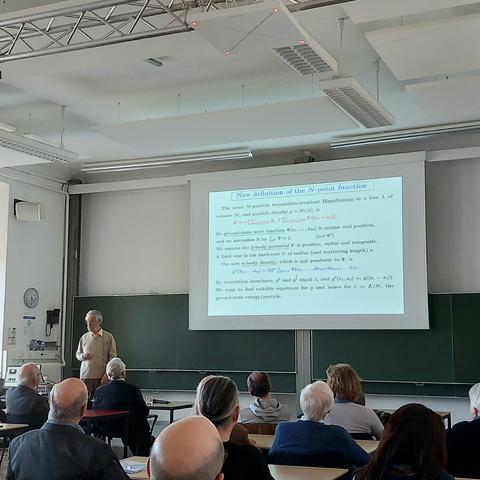In the past few weeks I have been trying to understand the eigenvalue problem (time-independent Schrödinger equation)
–𝑢'' + λ (cos 𝑥 + cos τ𝑥) 𝑢 = 𝐸𝑢
where λ is a parameter, 𝐸 is the eigenvalue (blame the physicists for the notation), τ is the golden ratio and the problem is posed on the infinite line. The motivation comes from quasicrystals.
Some solutions are localized around a minimum of the potential, but the none of the corresponding eigenvalues are isolated.
At higher energies, solutions spread out over the whole line, giving rise to the absolutely continuous spectrum which is a Cantor set.
This is wild, at least for me, but partially supported by my own computations and functional analysis results. But I am not fully confident of the former and struggling to understand the latter, so I am not sure whether this picture is complete or even correct.
The more I look into it, the less I understand ... any pointers are appreciated.



